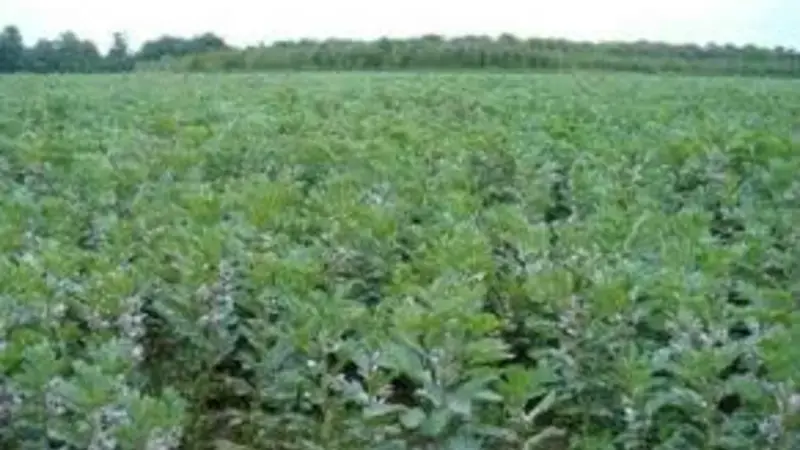Collecting mission targets Greece
Published Date
April 30, 2015

Greece encompasses the primary and secondary centers of diversity for several crops of global significance, including faba bean.
ICARDA has one of the richest collections of landraces and wild species in the world – including crops of global importance such as wheat, barley, lentil, chickpea, and faba beans, which make up the heart of drylands agro-biodiversity.
While most of this material originates in the Central-West Asia and North Africa (CWANA) region, there are several areas that are not properly sampled by previous collecting missions – one of those not well-represented is Greece.
Situated in the Mediterranean, close to the center of the Near East and the Fertile Crescent, Greece has a rich number of species in relation to its land mass, with an estimated 6400 native plant types – among the highest in European or Mediterranean-type climate areas.
In particular, Greek territory encompasses the primary and secondary centers of diversity for several crops of global significance, including: wheat, barley, lentil, chickpea, faba bean, and several forage species, such as grass pea, vetch and alfalfa.
To benefit from this abundant bio-diversity, ICARDA’s Genetic Resources Section (GRS), supported by the Global Crop Diversity Trust, has been organizing collecting missions to previously unexplored parts of the country such as Central Macedonia, Thessaly, and Thrace, collecting strategically-important landraces and wild relatives.
In addition to literature reviews of existing species in these regions, a new scientific tool – Focused Identification of Germplasm Strategy (FIGS) – was deployed. Using GIS environmental layers, FIGS successfully targeted traits to help locate areas with a high likelihood of containing species resistant to different abiotic traits.
Information on the landraces were acquired either through personal interviews with local farmers or through a literature review of crops, traditional practices, and local varieties; and
seeds were collected either directly from fields, or from local warehouses. Random sampling techniques were used for collecting representative samples.
More than 60 distinct sites were thoroughly explored, yielding a total of 813 accessions. According to preliminary identification, these accessions can be classified into 70 different genera and at least 150 different species. From this total, 122 accessions were seed samples of the landraces of major cultivated species; while the remaining 691 accessions were samples of crop wild relatives, range, and forage species.
